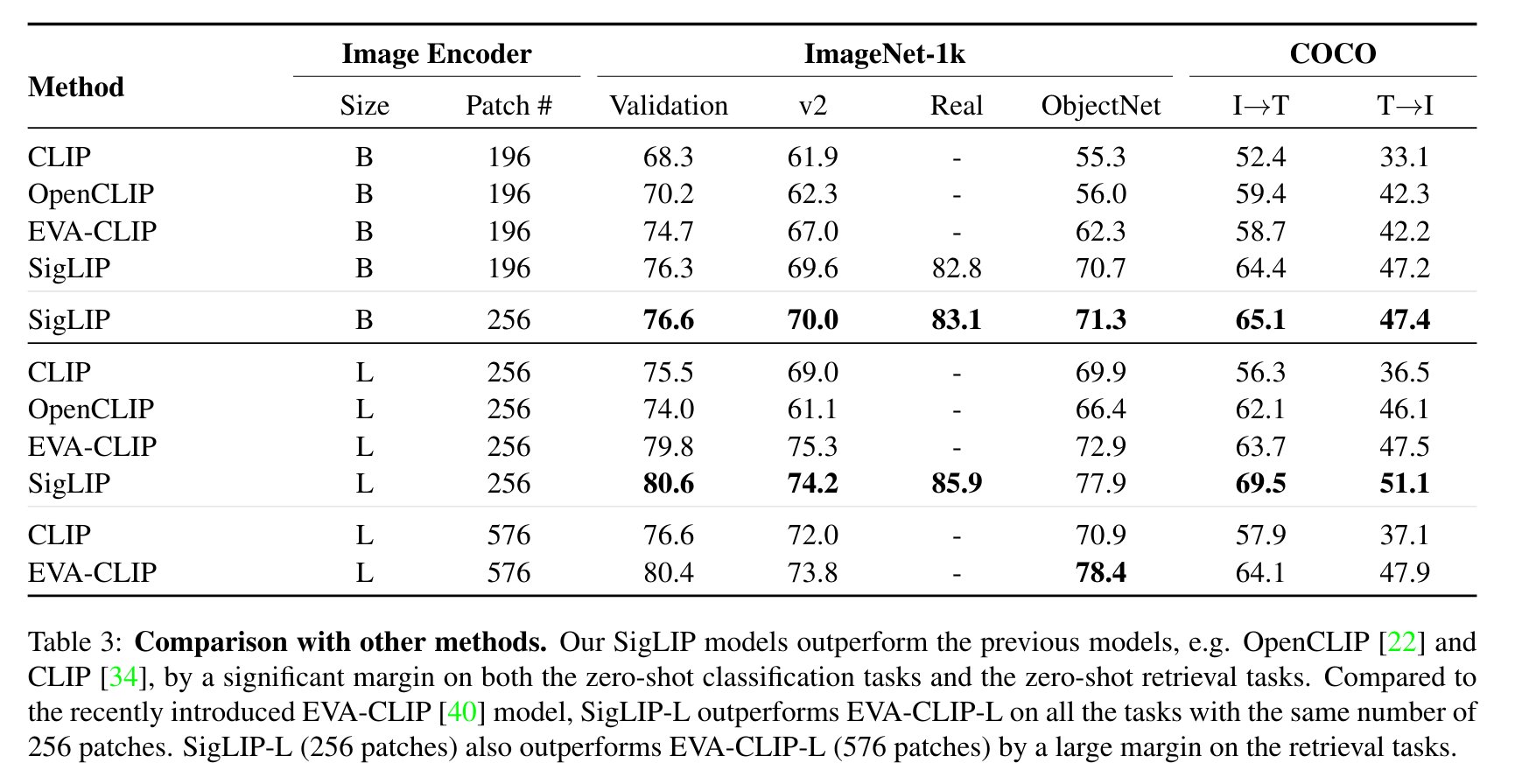The dataset viewer is not available for this split.
Error code: FeaturesError
Exception: ArrowInvalid
Message: JSON parse error: The document is empty.
Traceback: Traceback (most recent call last):
File "/src/services/worker/.venv/lib/python3.9/site-packages/datasets/packaged_modules/json/json.py", line 160, in _generate_tables
df = pandas_read_json(f)
File "/src/services/worker/.venv/lib/python3.9/site-packages/datasets/packaged_modules/json/json.py", line 38, in pandas_read_json
return pd.read_json(path_or_buf, **kwargs)
File "/src/services/worker/.venv/lib/python3.9/site-packages/pandas/io/json/_json.py", line 815, in read_json
return json_reader.read()
File "/src/services/worker/.venv/lib/python3.9/site-packages/pandas/io/json/_json.py", line 1025, in read
obj = self._get_object_parser(self.data)
File "/src/services/worker/.venv/lib/python3.9/site-packages/pandas/io/json/_json.py", line 1051, in _get_object_parser
obj = FrameParser(json, **kwargs).parse()
File "/src/services/worker/.venv/lib/python3.9/site-packages/pandas/io/json/_json.py", line 1187, in parse
self._parse()
File "/src/services/worker/.venv/lib/python3.9/site-packages/pandas/io/json/_json.py", line 1402, in _parse
self.obj = DataFrame(
File "/src/services/worker/.venv/lib/python3.9/site-packages/pandas/core/frame.py", line 778, in __init__
mgr = dict_to_mgr(data, index, columns, dtype=dtype, copy=copy, typ=manager)
File "/src/services/worker/.venv/lib/python3.9/site-packages/pandas/core/internals/construction.py", line 503, in dict_to_mgr
return arrays_to_mgr(arrays, columns, index, dtype=dtype, typ=typ, consolidate=copy)
File "/src/services/worker/.venv/lib/python3.9/site-packages/pandas/core/internals/construction.py", line 114, in arrays_to_mgr
index = _extract_index(arrays)
File "/src/services/worker/.venv/lib/python3.9/site-packages/pandas/core/internals/construction.py", line 680, in _extract_index
raise ValueError(
ValueError: Mixing dicts with non-Series may lead to ambiguous ordering.
During handling of the above exception, another exception occurred:
Traceback (most recent call last):
File "/src/services/worker/src/worker/job_runners/split/first_rows.py", line 233, in compute_first_rows_from_streaming_response
iterable_dataset = iterable_dataset._resolve_features()
File "/src/services/worker/.venv/lib/python3.9/site-packages/datasets/iterable_dataset.py", line 2998, in _resolve_features
features = _infer_features_from_batch(self.with_format(None)._head())
File "/src/services/worker/.venv/lib/python3.9/site-packages/datasets/iterable_dataset.py", line 1918, in _head
return _examples_to_batch(list(self.take(n)))
File "/src/services/worker/.venv/lib/python3.9/site-packages/datasets/iterable_dataset.py", line 2093, in __iter__
for key, example in ex_iterable:
File "/src/services/worker/.venv/lib/python3.9/site-packages/datasets/iterable_dataset.py", line 1576, in __iter__
for key_example in islice(self.ex_iterable, self.n - ex_iterable_num_taken):
File "/src/services/worker/.venv/lib/python3.9/site-packages/datasets/iterable_dataset.py", line 279, in __iter__
for key, pa_table in self.generate_tables_fn(**gen_kwags):
File "/src/services/worker/.venv/lib/python3.9/site-packages/datasets/packaged_modules/json/json.py", line 163, in _generate_tables
raise e
File "/src/services/worker/.venv/lib/python3.9/site-packages/datasets/packaged_modules/json/json.py", line 137, in _generate_tables
pa_table = paj.read_json(
File "pyarrow/_json.pyx", line 308, in pyarrow._json.read_json
File "pyarrow/error.pxi", line 154, in pyarrow.lib.pyarrow_internal_check_status
File "pyarrow/error.pxi", line 91, in pyarrow.lib.check_status
pyarrow.lib.ArrowInvalid: JSON parse error: The document is empty.Need help to make the dataset viewer work? Make sure to review how to configure the dataset viewer, and open a discussion for direct support.
SigLIP (shape-optimized model)
SigLIP model pre-trained on WebLi at resolution 384x384. It was introduced in the paper Sigmoid Loss for Language Image Pre-Training by Zhai et al. and first released in this repository.
This model has the SoViT-400m architecture, which is the shape-optimized version as presented in Getting ViT in Shape: Scaling Laws for Compute-Optimal Model Design by Alabdulmohsin et al.
Disclaimer: The team releasing SigLIP did not write a model card for this model so this model card has been written by the Hugging Face team.
Model description
SigLIP is CLIP, a multimodal model, with a better loss function. The sigmoid loss operates solely on image-text pairs and does not require a global view of the pairwise similarities for normalization. This allows further scaling up the batch size, while also performing better at smaller batch sizes.
A TLDR of SigLIP by one of the authors can be found here.
Intended uses & limitations
You can use the raw model for tasks like zero-shot image classification and image-text retrieval. See the model hub to look for other versions on a task that interests you.
How to use
Here is how to use this model to perform zero-shot image classification:
from PIL import Image
import requests
from transformers import AutoProcessor, AutoModel
import torch
model = AutoModel.from_pretrained("google/siglip-so400m-patch14-384")
processor = AutoProcessor.from_pretrained("google/siglip-so400m-patch14-384")
url = "http://images.cocodataset.org/val2017/000000039769.jpg"
image = Image.open(requests.get(url, stream=True).raw)
texts = ["a photo of 2 cats", "a photo of 2 dogs"]
inputs = processor(text=texts, images=image, padding="max_length", return_tensors="pt")
with torch.no_grad():
outputs = model(**inputs)
logits_per_image = outputs.logits_per_image
probs = torch.sigmoid(logits_per_image) # these are the probabilities
print(f"{probs[0][0]:.1%} that image 0 is '{texts[0]}'")
Alternatively, one can leverage the pipeline API which abstracts away the complexity for the user:
from transformers import pipeline
from PIL import Image
import requests
# load pipe
image_classifier = pipeline(task="zero-shot-image-classification", model="google/siglip-so400m-patch14-384")
# load image
url = 'http://images.cocodataset.org/val2017/000000039769.jpg'
image = Image.open(requests.get(url, stream=True).raw)
# inference
outputs = image_classifier(image, candidate_labels=["2 cats", "a plane", "a remote"])
outputs = [{"score": round(output["score"], 4), "label": output["label"] } for output in outputs]
print(outputs)
For more code examples, we refer to the documentation.
Training procedure
Training data
SigLIP is pre-trained on the WebLI dataset (Chen et al., 2023).
Preprocessing
Images are resized/rescaled to the same resolution (384x384) and normalized across the RGB channels with mean (0.5, 0.5, 0.5) and standard deviation (0.5, 0.5, 0.5).
Texts are tokenized and padded to the same length (64 tokens).
Compute
The model was trained on 16 TPU-v4 chips for three days.
Evaluation results
Evaluation of SigLIP compared to CLIP is shown below (taken from the paper).

BibTeX entry and citation info
@misc{zhai2023sigmoid,
title={Sigmoid Loss for Language Image Pre-Training},
author={Xiaohua Zhai and Basil Mustafa and Alexander Kolesnikov and Lucas Beyer},
year={2023},
eprint={2303.15343},
archivePrefix={arXiv},
primaryClass={cs.CV}
}
- Downloads last month
- 74